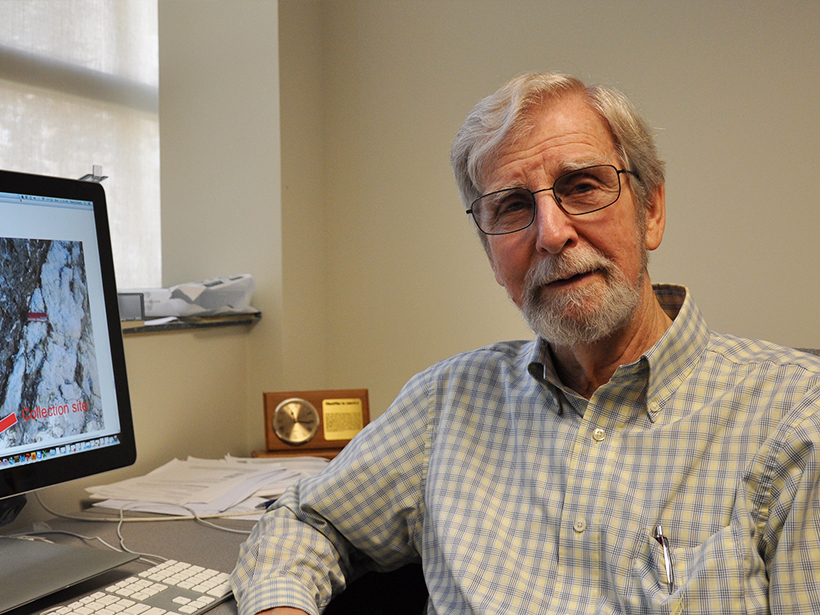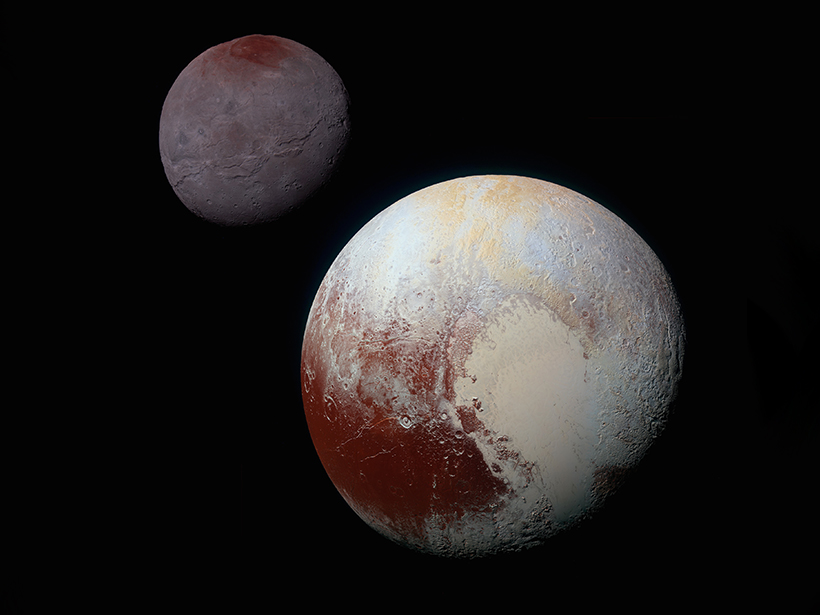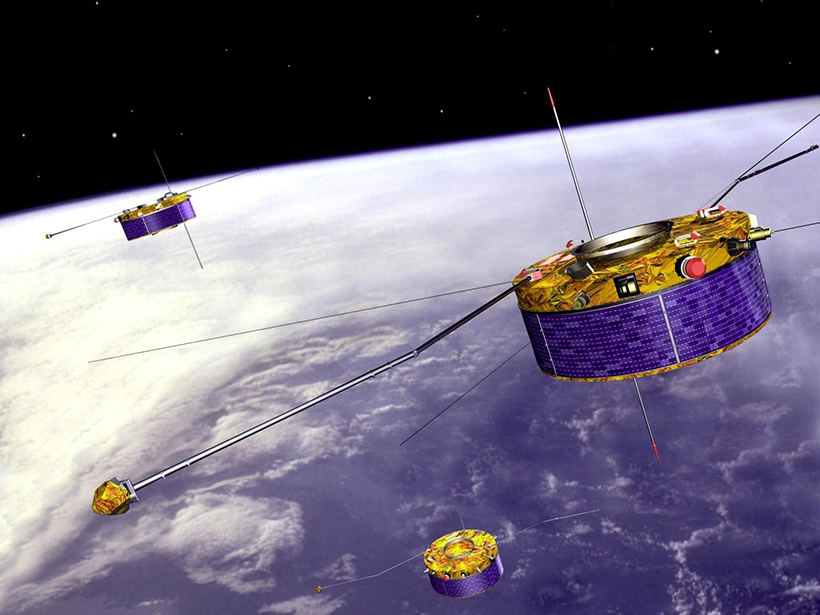The National Oceanic and Atmospheric Administration’s newest High Resolution Atmospheric Model captures the influence of intraseasonal oscillations on tropical cyclone activity.
CC BY-NC-ND 2018
Former AGU Executive Director A. F. “Fred” Spilhaus Jr. Has Died
Spilhaus led the organization during a period of significant growth and accomplishments.
It’s So UnFAIR!
A recent paper in JGR: Biogeosciences demonstrates that sharing data has positive benefits not just for the scientific community but also for the one doing the sharing.
Harry W. Green II (1940–2017)
By keenly probing mantle rheology, interactions of deformations and phase transitions, and microscopic features, he made major contributions to petrology, mineralogy, and earthquake science.
Calibrating Hydrological Models by Satellite
Hydrological models are usually calibrated using observations of streamflow, but a new method uses remotely sensed land surface temperature for this purpose.
Understanding the Effects of Anthropogenic Space Weather
A large plasma hole generated by the vertical launch of the Formosat-5 satellite created temporary navigating and positioning errors of up to 1 meter, according to a new study.
New Book Conveys Details and Flavor of First Mission to Pluto
New Horizons principal investigator tells Eos that the mission has revolutionized our understanding of small planets.
Harnessing Remote Infrasound to Study Volcanic Eruptions
Data from the 2015 eruption of Chile’s Calbuco volcano suggest the international network built to monitor nuclear explosions may also be used to detect and characterize volcanic activity.
How Space Storms Affect the Satellite Superhighway
A powerful numerical model reveals how space weather disturbs magnetic field at geosynchronous orbit.
A Complete Picture of Southern Ocean Surface Circulation
For the first time, researchers combine estimates of sea surface height and circulation patterns in both ice-covered and ice-free regions of the Southern Ocean.










